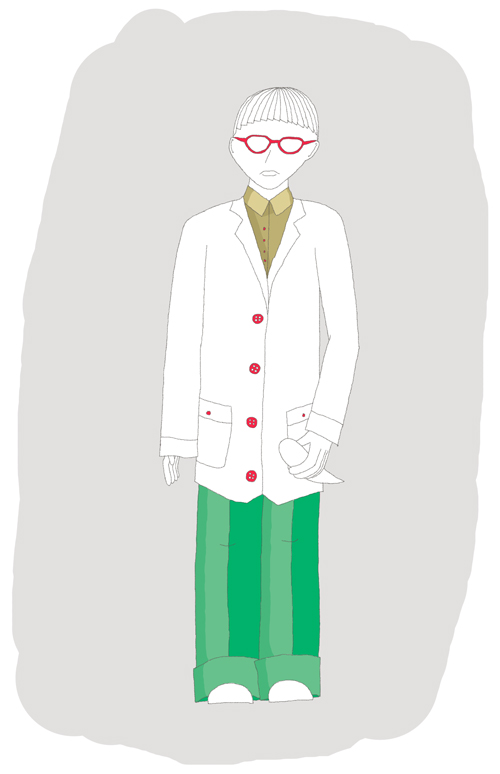articles
China Elevator Stories
“This Is The Only Thing We Can Do For A Living”
I visit a blind massage place in Shenzhen and chat with the massage therapist about the ox horns used for scraping.
28/04/2013

Ruth Silbermayr
Author
The first time I go to a blind massage place (盲人按摩) in China in 2013 reminds me of all the reasons why I hadn’t been to one of these places for a few months: Chinese blind massage, or tuina (推拿), hurts like hell and is not remotely connected to what comes to many people’s minds upon hearing the word “massage”, who usually think of massage as gentle and relaxing.

After having talked to the blind massage therapist for a short while, he asks: “When you entered the room just now, I thought you’re still a student in high school. You’re not very old, are you?”
I tell him: “I’m 25.”
“Your voice sounds like you’re only 15 or 16.”
Every 10 minutes, a computer voice on the therapist’s phone tells him the time. Half an hour into the massage, I say: “The voice speaks really fast. I can’t understand what it says.”
“There are voices 10 times as fast as this one. This one only counts as medium-fast.”
“Oh, wow. When did you start learning this profession?”
“When I was in my teens.”
“That’s quite early.”
“It’s normal for us to learn this profession at an early age. This is the only thing we can do for a living.”
An hour and a half into the massage, the massage therapist asks: “You’re not Chinese, are you?”
“I’m not. I’m from Austria.”
“Did you grow up in China?”
“No, but I’ve been studying Chinese for four years. Where in China are you from?”
“I’m from the north, from Henan. My home town is located in a poor area.”
When he is finished with the massage, he starts applying guasha (scraping).
He tells me: “You can also do guasha at home. You can use a simple 1-Kuai coin for it. But it has to hurt and your skin has to turn red like this for it to have an effect.”
I point at the item he uses for scraping and ask him: “What material is this item made of?”
“This is an ox horn.”
“How much was this?”
“This one is just a normal ox horn; it’s not expensive. If you have a lot of money, you can buy one of the ox horns that have been originally used for guasha.”
“How much would one of the original ones cost?”
“The expensive ones start from 50,000 Kuai (more than 6000 EUR or 8000 USD). You’ll also find ones for much more than that; there are even ox horns for a few 100,000 Kuai.”
“Wow. That really is a lot.”
He goes on to tell me: “The expensive ones are only available on the black market. They come from a special kind of ox that is under national protection because they are endangered animals. Since there are not many left, it’s against the law to kill these oxes, and therefore their horns are really expensive.”
“In which areas of China do these oxes live?”
“They live in mountainous regions where no humans live.”
“Areas like Tibet?”
“Maybe.”
When he is done with the guasha treatment, he says: “If you are afraid of using this much pressure when doing guasha yourself, you can still come here and we’ll do the treatment for you. If you do it at home, make sure it hurts and turns red. It has no therapeutic healing effect if it doesn’t turn red.”
Being glad that the pain is finally over, I simply reply: “Thanks.”
Have you ever tried guasha?